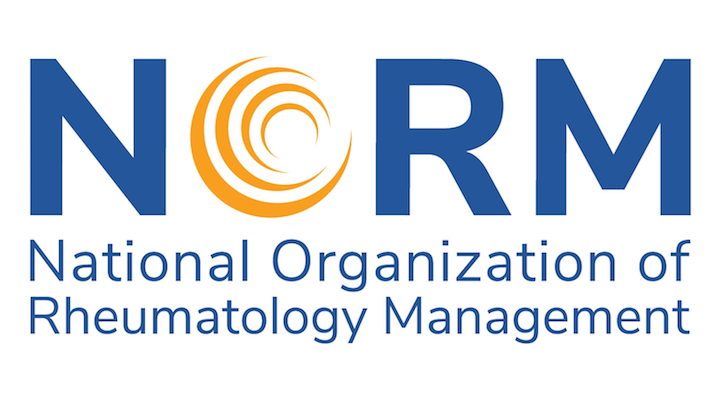Healthy Manager: 7 Strategies to Create a Better Workplace Environment
The quality of a workplace environment directly impacts the productivity, satisfaction, and overall well-being of employees. As organizations strive to foster a positive and inclusive atmosphere, it becomes crucial to implement strategies that enhance collaboration, boost morale, and inspire growth. The following are actionable steps that can be taken to create a better workplace environment. By implementing these strategies, organizations can cultivate a culture of trust, motivation, and innovation, resulting in happier employees and improved business outcomes.
Foster Open Communication:
Effective communication lies at the heart of any successful workplace environment. Encourage open and transparent communication channels between employees, teams, and management. Foster an environment where everyone feels comfortable expressing their ideas, concerns, and suggestions. Encourage active listening, provide constructive feedback, and ensure that communication flows both ways. Regular team meetings, one-on-one check-ins, and anonymous suggestion boxes can be effective tools for promoting open communication.
Cultivate a Culture of Collaboration:
Collaboration is a powerful catalyst for creativity, problem-solving, and productivity. Encourage cross-functional collaboration by creating opportunities for employees to work together on projects, brainstorm ideas, and share knowledge. Foster a sense of teamwork by recognizing and rewarding collaborative efforts. Implement tools and platforms that facilitate collaboration, such as project management software, team messaging apps, and shared document repositories.
Prioritize Work-Life Balance:
Supporting employees in achieving a healthy work-life balance is essential for their overall well-being and job satisfaction. Encourage flexible work arrangements, such as remote work options or flexible schedules, whenever possible. Respect boundaries and promote a culture where employees can disconnect from work during their non-working hours. Encourage taking breaks, vacations, and personal time off to recharge and prevent burnout.
Invest in Professional Development:
Providing opportunities for continuous learning and growth not only benefits employees but also contributes to a thriving workplace environment. Support professional development by offering training programs, workshops, mentoring, and coaching sessions. Encourage employees to set personal development goals and provide resources to help them achieve those goals. Recognize and reward achievements and progress made by individuals or teams.
Foster Diversity and Inclusion:
A diverse and inclusive workplace leads to increased creativity, innovation, and a broader range of perspectives. Embrace diversity by actively promoting equal opportunities, fair hiring practices, and creating a supportive environment for all employees. Encourage diversity in decision-making processes and include a wide range of voices in discussions. Provide diversity and inclusion training for all employees to foster understanding, empathy, and respect.
Recognize and Appreciate Employees:
Acknowledging and appreciating the efforts and achievements of employees is vital for creating a positive workplace culture. Implement recognition programs that celebrate individual and team accomplishments. Recognize not only outstanding performance but also small wins and efforts that contribute to the organization's success. Personalized appreciation, such as thank-you notes or public acknowledgments, goes a long way in boosting employee morale.
Create a Safe and Comfortable Physical Environment:
The physical workspace significantly impacts the mood and productivity of employees. Design a workspace that promotes comfort, functionality, and creativity. Provide ergonomic furniture, ample natural light, and a well-ventilated environment. Foster a clean and clutter-free workspace that enables employees to focus and concentrate. Consider incorporating areas for relaxation, collaboration, and socialization to create a well-rounded work environment.
Conclusion:
Creating a better workplace environment requires a holistic approach that encompasses communication, collaboration, work-life balance, professional development, diversity and inclusion, recognition, and a comfortable physical environment. By implementing these strategies, organizations can cultivate a positive and supportive workplace culture that fosters employee satisfaction, engagement, and productivity. Remember, a happy and motivated workforce is a key driver of success and can.
Posted May 26, 2023 by admin

